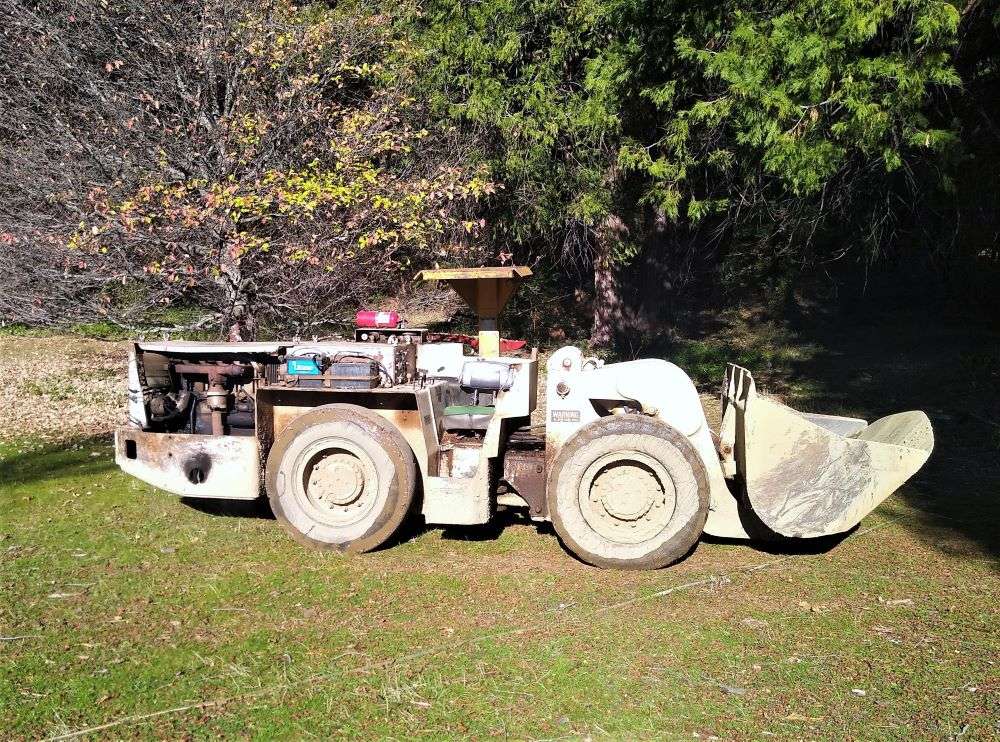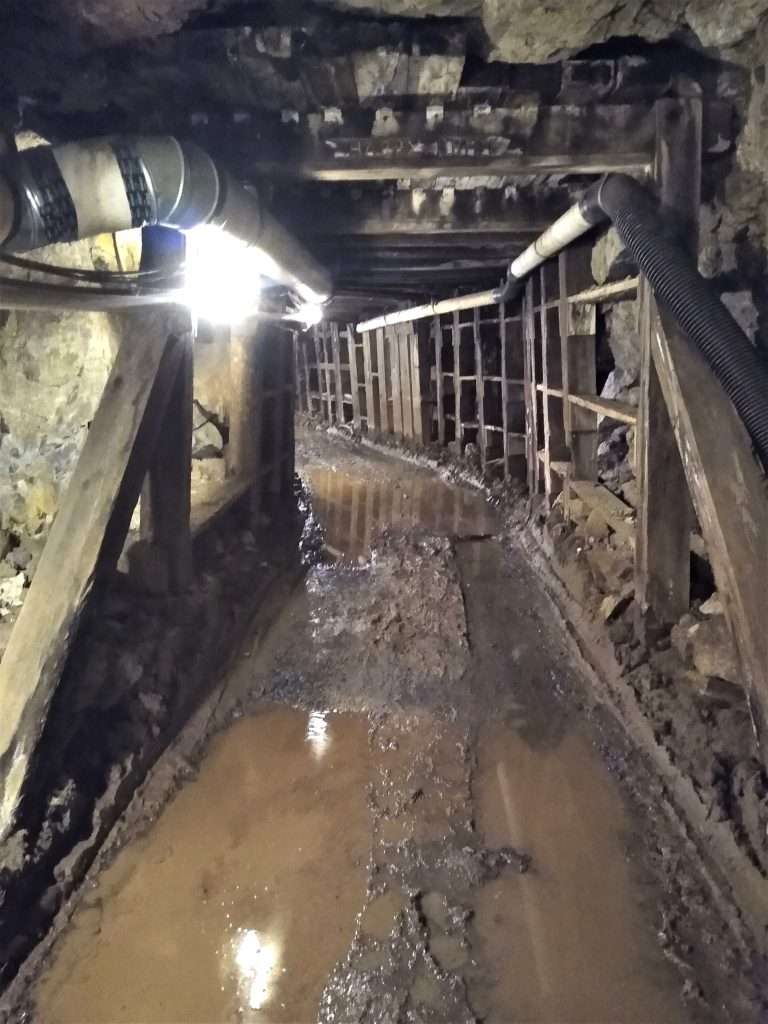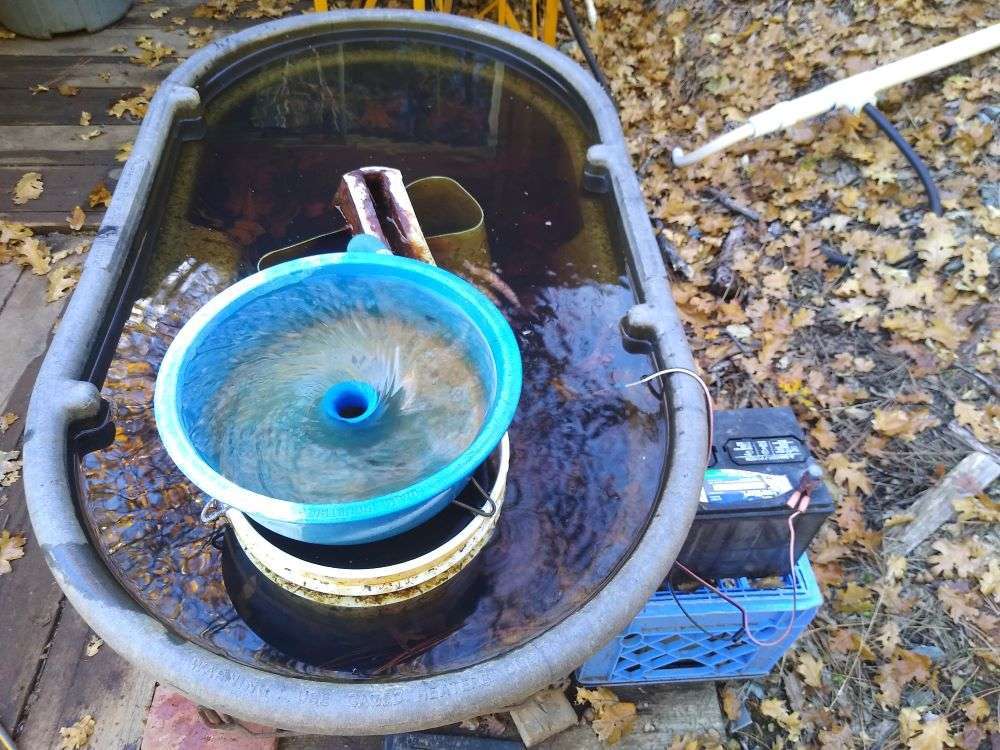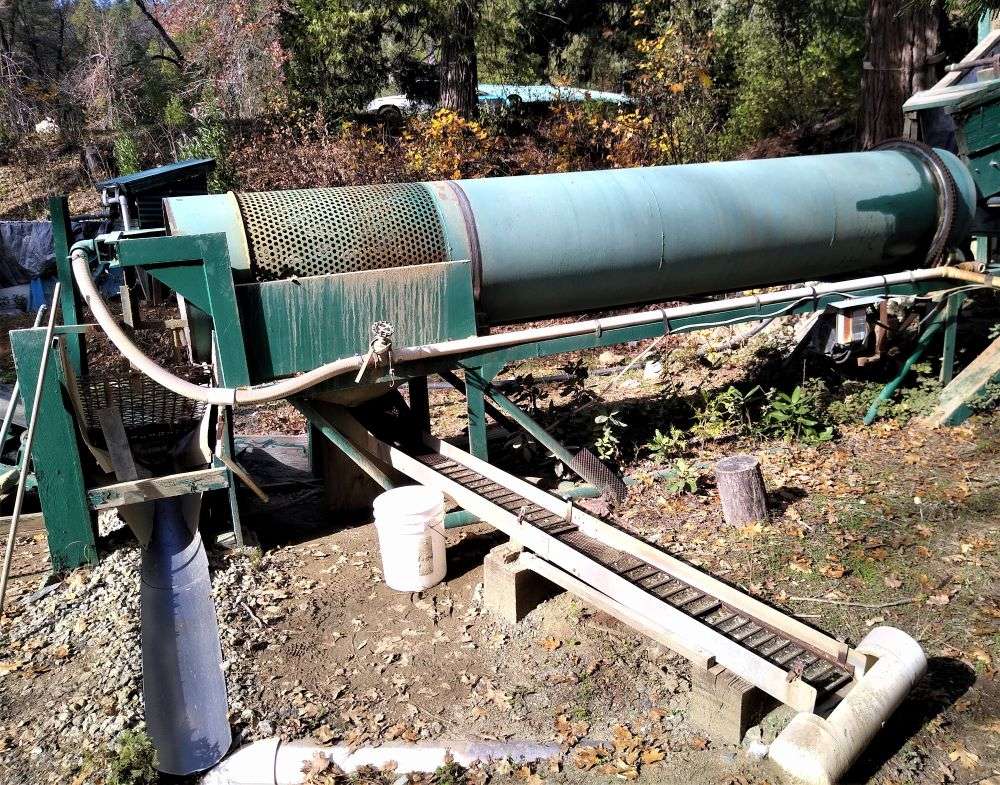We find prospect after prospect and we’re always looking for the one that says “mine me’. There are a multitude of factors involved and a very serious one is the land ownership. Are you on government land that’s open for prospecting and the filing of a mining claim, if it’s not already claimed, or is it private land that someone else owns? Would you be lucky enough to own the land yourself? If not, can you make a binding lease with either the private owner or the claimant?
My article won’t delve into the complexities and solutions of the ownership but is oriented to setting up an operation once you’ve decided and ready to take that big step.
Financial decisions are immense as well and this article is oriented to the small miner. I’ll cover some of the basic items you’ll need to deal with and to resolve so that you can move forward on getting some gold and hopefully starting to pay your way.
My experience is full time mining for 45 years now. Like many of you, I started out as a gold panner, then sluicing, dredging, and finally setting up an underground placer operation in 1980. These 45 years of mining have involved several types of placer and hard rock operations. I’ll add I’m a California State licensed blaster and currently serve as a blaster for two mining operations.
No one knows it all and the more experience we have the more we realize there are lots of things we don’t know. The field of mining is unending, and the learning process never stops. Depending on the mining project there are many variances, and a book can be written about this and still not cover all the alternatives.
The permitting process alone can be extensive and if a complex Plan of Operations is required on Federal land, the time frame can be very lengthy before an operation can begin. A year to two years is not unusual.
On federal land, there are two major governmental agencies that we deal with. That is BLM and The US Forest Service. Personally, I’ve found that working with BLM on mining claims is easier and superior than working with the Forest Service. BLM is more flexible and willing to work with the miner. It has not always been this way. Thirty-five years ago the Forest Service was open and willing to help the miner. At that time I was on a committee organized by the miners and the Forest Service to work out better communications and solutions for solving issues and problems relating to mining. The group was effective. Time passed though and the Forest Service personnel who were involved at that time reached the retirement age and their new replacements were of a different breed who had no interest in multiple use and were generally against mining.
Today, as always, things change. My experience then and now today says both agencies can be difficult to work with. Perhaps the pendulum will change though. Is that wishful thinking?
Let’s get away from politics and get back to mining.
In this article I’ll cover ore extraction and classification, processing equipment, some water requirements, and then gold recovery and sales.



Ore Extraction and classification.
How are you going to get the ore for processing? This entire subject varies depending on the type of mining involved. Is this an underground placer operation or open pit? If you’re going underground, there’s a lot more involved. Is this a new tunnel or drift, or re-opening a previously existing mine? It could be both, meaning you open a previous operation and then begin advancing in new ground. To reach old buried river channels an operation might be driving though bedrock to reach the ancient channel, unless it’s an old hydraulic mine that’s open pitted and you’re going to start drifting right off.
If you’re going underground, there’s a lot involved before you start. You’ll need mining timber and that’s an art within itself. (If you want to know all about timbering the best book is “Timbering and Mining. By William H. Storms” published in 1909 and re-printed several times. It’s 279 pages long and is a free e-book download from Google at:
https://books.google.com/books/about/Timbering_and_Mining.html?id=ORcxAAAAMAAJ )
You’ll most likely be drilling as well and this will require an air compressor, a drill, drill steel, bits, water for the drill, explosives and maybe even a generator for power. Securing and storage of explosives is extensive. This will vary from state to state with California likely being the most restrictive. For example, in Placer County of California I just renewed by annual purchase permit with Alpha Explosives and they required a permit from the Placer County Sheriffs office and ATF authorization for the purchase of explosives. To get the permit from the Sheriff’s Department can be extensive as well. They require a California State Blasting license, a COE (Certificate of Eligibility) from the State, the ATF authorization and a County Business license. The COE from the State requires finger printing and a background check on your personal history. If you’re requesting a new COE the process will take several months to complete. The ATF requirement is also extensive John Norman wrote an excellent article covering this territory in the August 2020 issue of the ICMJ. The article is titled Hardrock 101. You should check it out.
In open pit or underground you’ll need the equipment to move the ore. We could go back to the old system of ore carts and rail or move on to the modern front-end loaders and underground, articulated mucking machines. Tractors work ok too, but if you’re going underground, their fuel needs to be diesel. You might have dump trucks as well. Moving ore can be a difficult task.
Processing equipment
Once you have the ore you’ve got to extract the gold. Now you’re into processing equipment. For most placer operations a trommel is standard. Trommels came in various designs, including diameters and lengths. The right choice depends upon your ore and its composition. Trommels came into two basic sections. The first section is called the scrubber unit. The second is the punch plate where the gravels and ore of a specified size drop out into a variety of sluice box recovery units. This punch plate size can generally vary from ½ inch to an inch in size. This choice is determined by the gold particle size. The concept is to minimize the quantity of material going into the box but not to the point that gold can’t drop out and be captured. Trommels are generally set up with a nugget catcher provision and sometimes the miner has to set this up on his own.
Trommels also need feeder hoppers. Some come with them and in other cases you make your own. If at all possible, you want a constant feed and want to avoid surges in water and gravel flow. Surges can cause loss in gold. In some cases, especially in Alaska when the season is so short, it’s acceptable to over-crowd your trommel and accept a loss of 5-10 percent. The loss is made up with an increased volume of material going through the trommel yielding a higher gold return.

Trommels should recover 96-98 % of the total gold weight. depending upon the mud content, feeding rate, scrubber section of the trommel and box recovery systems.
Water for the trommel becomes critical. How many gallons per minute are required to effectively wash the gravels and run the sluice box at the nominal speed for maximum recovery? One hundred gallons per minute might be the answer, all depending on the quantity of gravel run in the trommel and the size of the sluice box. The grade of the sluice box is important as well. Some experimentation here is required to get it right.
Where does this water come from and what kind of replenishment is available? This is the one item that can stop any operation. Can water be pumped from a nearby source, like a creek or pond? There are many possible sources. It can be trapped behind a small, constructed dam at an old mine portal that makes water. It can be run into a holding tank from a small artesian spring. Once water is run in the trommel and into a holding pond, it can be re-circulated. This normal recirculation comes from a second holding pond since the first is designed to capture most of the gravels and sedimentation. What ever the source, the water needs to remain as clear as possible. Too much sedimentation affects the gold recovery, especially if the gold is fine. This is because sedimentation affects the specific gravity of the water and changing this specific gravity higher, closing the gap between the gravity of gold and of the slurry. The closer this gap becomes the loss of gold increases.
Gold Recovery and Sales
Gold recovery from the trommel sluice boxes become a challenge as well. The volume of concentrates determines the direction you’ll be taking. As a small miner you’re not going to have some sophisticated tables and recovery systems to work with.
If your volume of sluice box concentrates is perhaps 3 gallons or so, you can use the gold pan to get down to the black sands and gold. From there the removal becomes easier. Each miner may have a different system. One I like to use is to dry the panning concentrates first. I then carefully use a magnet to take out the magnetite for later processing. I then run the non-magnetic material through two classification screens of 10 mesh and 30 mesh. The gold on top of the 10-mesh screen can be picked out. The gold sitting on the 30-mesh screen can easily be panned down to just the gold. The fines that fall through the 40-mesh screen can be run through a ‘blue bowl’ to take out the black sands and leave the gold in the bottom. This is an effective system. The blue bowl can lose 3 % of the fines if it’s overcrowded with concentrates.
Certainly, other methods exist as well. You can run spiral wheels and even amalgamate. Tables are nice if you have one.
Gold sales is a world of its own. Chris Ralph had an excellent article on gold sales, titled “How to turn your gold finds into cash”. Selling gold at a refinery like AAA precious metals in Oregon is a good option too. Keep in mind 1099’s are issued on gold purchases there. That’s a federal requirement on their part. Other private party’s will purchase your gold as well. Keep in mind that gold is not pure when you mine it. The gold content will vary based upon the location. It can run anywhere from 80-94 % pure. Generally, the remainder is 6-20% silver. Because of this purity private buyers will only pay 85-90% of the spot value. Nuggets are a different story depending upon their size and quantity. The influx of larger pieces from Australia and Alaska has brought the market down some on the nugget values.
This article has been general for you. Each topic can be an article itself. Hope this helps you some though.
Don Robinson
